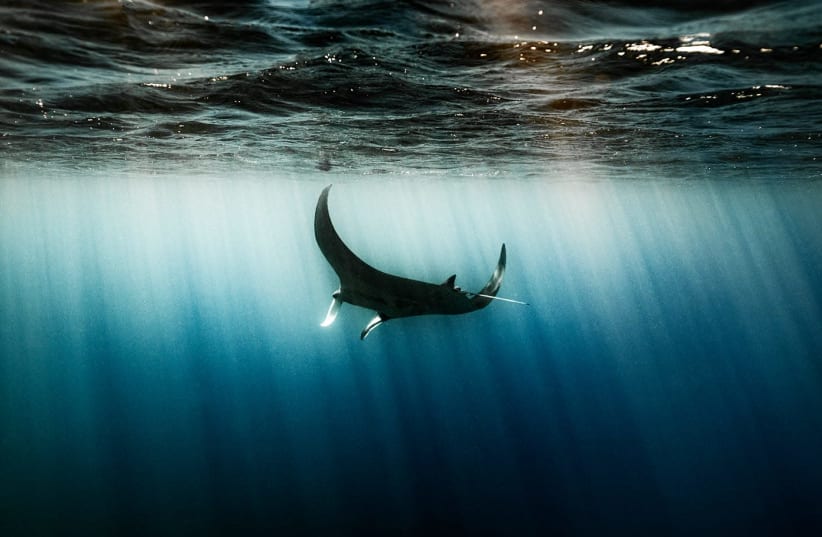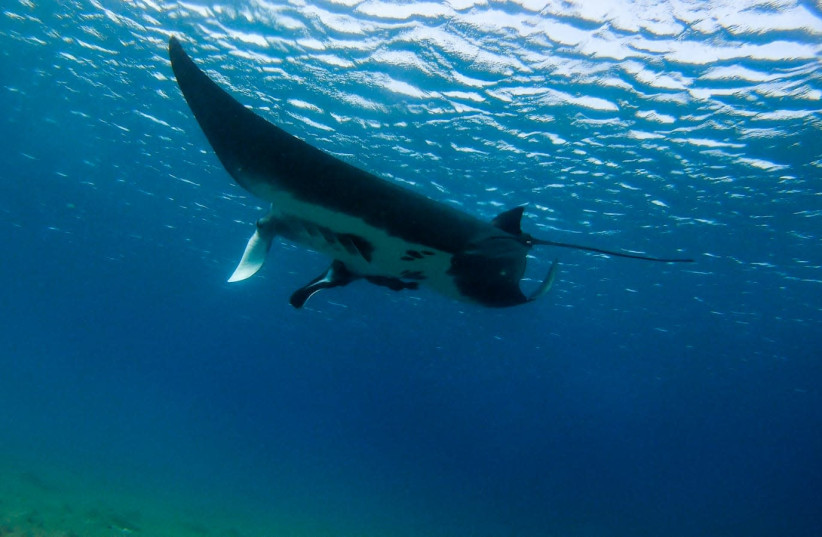The coast of Ecuador is said to hold the largest population of manta rays in the world, according to a study led by researchers at Oregon State University (OSU) in collaboration with The Manta Trust and the conservation organization Proyecto Mantas Ecuador of Fundación Megafauna Marina del Ecuador.
In the study, which was published last week in the journal Marine Ecology Progress Series, researchers found that the population of the manta ray. also known as the Mobula birostris was high at Isla de la Plata and Bajo Copé, Ecuador by the number of encounters with the aquatic animal between 2005 and 2018. Their findings totaled 2803 individuals from 3322 encounters during that time.
The concentrated population of manta rays is also likely to be extended toward the coast of Peru, which borders Ecuador. The study also says the manta ray population there is more than 10 times the amount of any other known centralized population in the world for the aquatic animal.
The majority of the rays encountered were male, the report said, with an estimated 1.67-1 male-female ratio. However, the findings collected by researchers suggest that conditions on the Ecuador coast are favorable for a healthy population.
As for the other population of the oceanic animal, they are small and vulnerable to impacts caused by humans, according to Joshua Stewart, co-author of the research and an assistant professor with the Marine Mammal Institute in OSU’s College of Agricultural Sciences.
Other findings from the research
"This is a rare story of ocean optimism. In other regions, we typically have population estimates of 1,000 to 2,000 animals, which makes this species very vulnerable. In this area, we’ve estimated that the population is more than 22,000 mantas, which is unprecedented,” Stewart said.
Researchers were able to describe the demographic structure, population size or the rays using photo-ID data. They also analyzed the rays' super-population size, as well as the probability of survival and detection.
"In other regions, we typically have population estimates of 1,000 to 2,000 animals, which makes this species very vulnerable. In this area, we’ve estimated that the population is more than 22,000 mantas, which is unprecedented.”
Joshua Stewart
“Many of the photos used in our study were contributed by recreational divers who became citizen scientists when they snapped photos of manta rays,” said the study’s lead author, Kanina Harty of The Manta Trust. “We get a huge amount of information about each animal just from these photographs.”
With a wingspan of more than 20 feet (around 6 meters), manta rays are the largest species of ray.
The Environment and Climate Change portal is produced in cooperation with the Goldman Sonnenfeldt School of Sustainability and Climate Change at Ben-Gurion University of the Negev. The Jerusalem Post maintains all editorial decisions related to the content.

